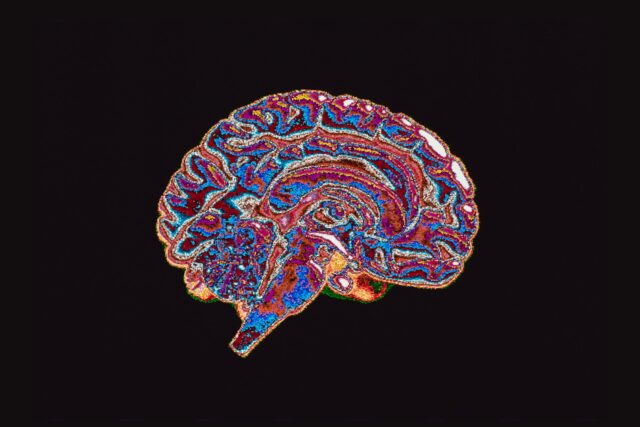FOR ARMIN RAZNAHAN, publishing research on sex differences is a fraught proposition. Now chief of the section on developmental neurogenomics at the National Institutes of Health, Raznahan learned early that searching for dissimilarities between men’s and women’s brains can have unintended effects.
“I got my fingers burned when I first started,” Raznahan says. As a PhD student, he published a study that examined structural differences between men’s and women’s brains and how they changed with age. “We observed a particular pattern, and we were very cautious about just describing it, as one should be, not jumping to functional interpretations,” he says. Despite his efforts, The Wall Street Journal soon published an article that cited his study in a defense of single-sex schooling, under the assumption that boys and girls must learn in distinct ways because their brain anatomy is slightly different. “That really threw me,” he says. “The experience has stayed with me.”
Nevertheless, Raznahan has continued to study sex differences, in the hope that they could help us better understand neurodevelopmental disorders. He focuses on people with sex chromosome aneuploidy, or any variation other than XX (typically female) and XY (typically male). People with genetic variations (such as XXY) have an inflated risk of autism spectrum disorder, ADHD, and anxiety, among other ailments. Raznahan’s hope is that uncovering if and how men’s and women’s brains differ—for example, in the sizes of regions or the strengths of the connections among them—could help us figure out why people with aneuploidy are more likely to experience neurodevelopmental and psychiatric concerns. Solving this puzzle could be a step toward unlocking the perplexing mystery of psychiatric illness.
Last Monday, he and his team published a study in Proceedings of the National Academy of Sciences that not only reported reliable sex differences in the volumes of certain parts of men’s and women’s brains but also tied those differences to the direct influence of sex chromosomes. “What we were seeking to do in this study is ask some relatively simple questions that hadn’t quite ever been directly addressed,” Raznahan says.










